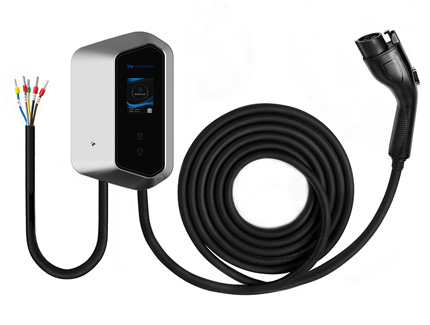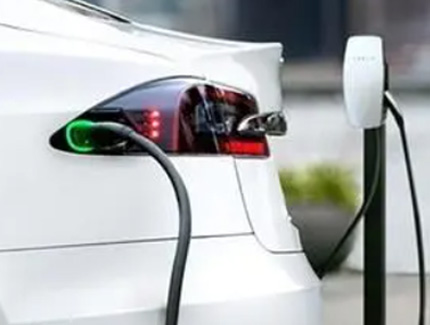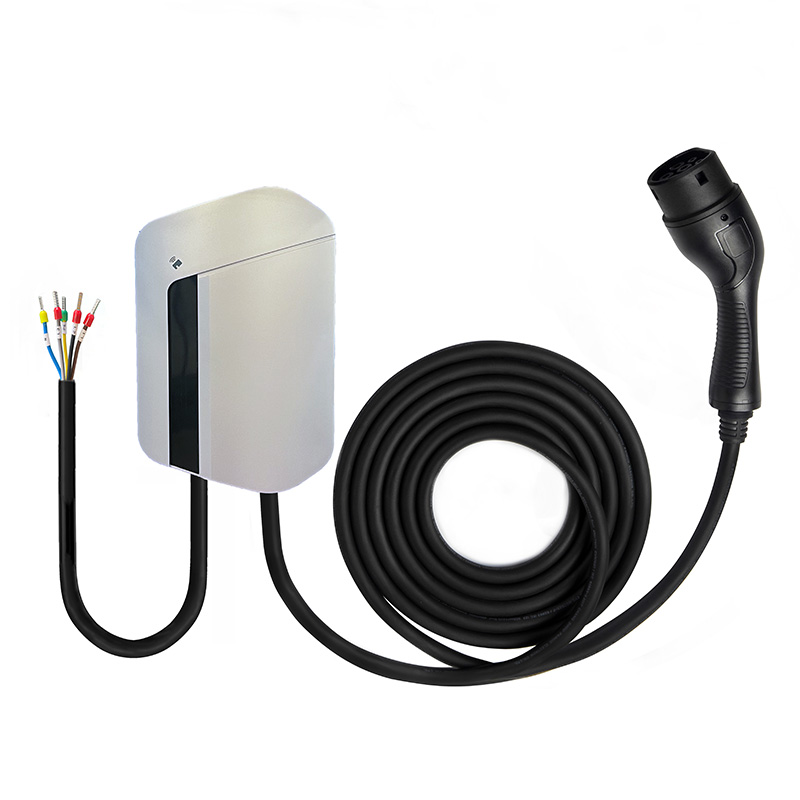






SHENZHEN DMIC CO.LTD
Office Add:No.1408, Building 8, Qianhai Kexing Science Park, Xixiang Street Baoan District, Shenzhen China(518102)
Blog
sitemap
Privacy Policy
XML
© 2024 Shenzhen DMIC Co.,LTD. All Rights Reserved .  network supported
network supported